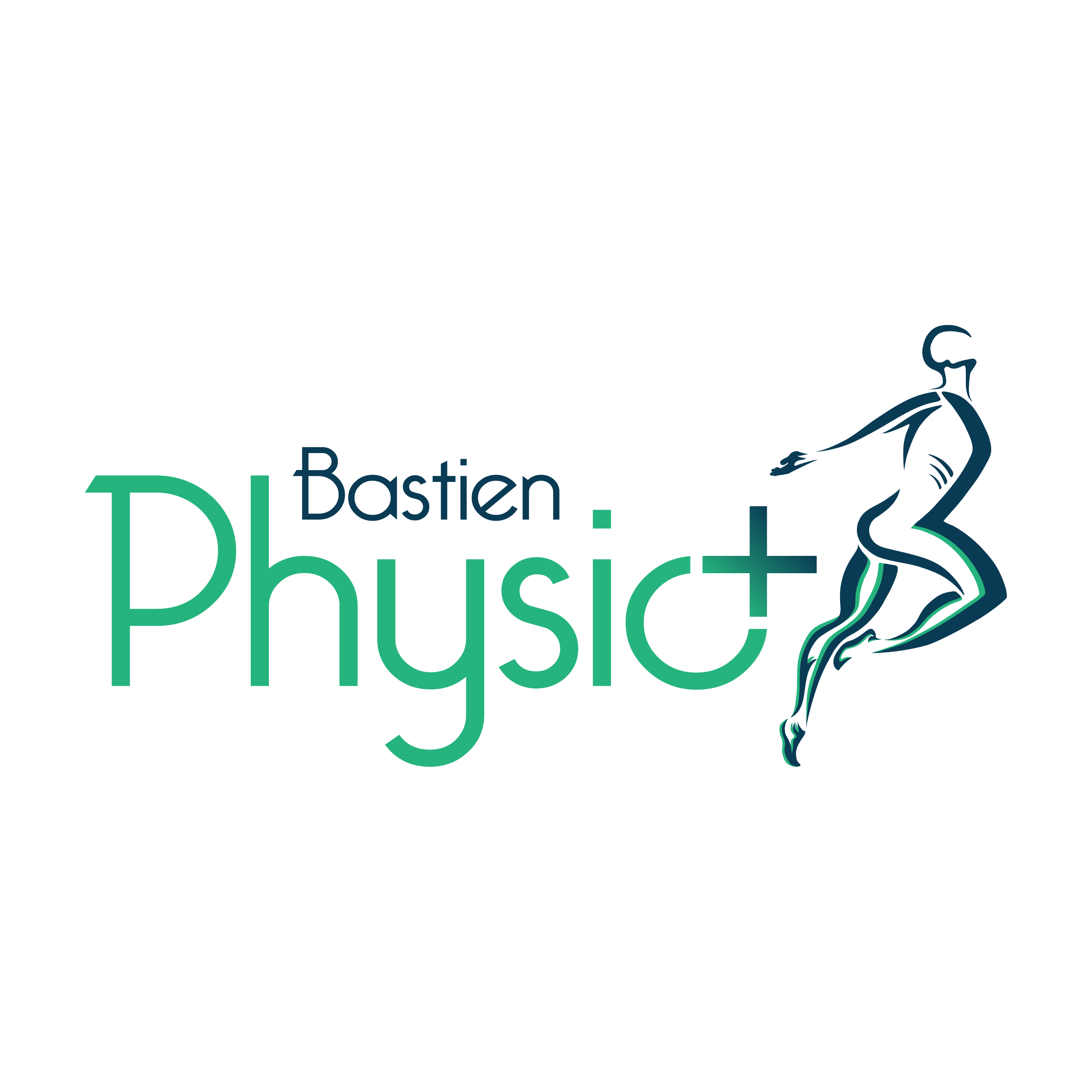Key Factors to keep in mind when diagnosed with idiopathic scoliosis
Idiopathic scoliosis is the most common spinal deformity seen by today’s orthopedic surgeons. In fact, the condition affects approximately 4% of adolescents between the ages of 10 and 18, more significantly during their fastest growth periods. Although the exact cause of the spine curvature remains unknown, genetics has proven to be a strong factor as 30% of those diagnosed have some sort of family history of scoliosis. Signs and symptoms can include but are not limited to the following:
- Rib “Hump”
- Difference in shoulder blade levels
- One shoulder blade sticking out more than the other
- Torso shifting to one side
- Uneven hips
- Difficulty breathing
- Lower back pain
- Neck pain and headaches
So, what should you do if you are diagnosed? Here is a quick list of things you should consider if you or your child is diagnosed with idiopathic scoliosis:
- Age/Physical Maturity: Scoliosis tends to progress more quickly in adolescents and stabilizes once physical maturity is reached. Those who are showing signs and symptoms of scoliosis should consult with a health professional in order to get proper guidance and management strategies to prevent further progression.
- Size of the curvature: More aggressive curvatures occasionally require the use of a brace or, in severe cases, spinal fusion surgery in order to stop the progression of the condition. It’s very important for patients with aggressive curvatures to be followed by a health professional with experience in the treatment of scoliosis.
- Sex: The prevalence rate of scoliosis is much higher in girls than in boys, with approximately 8 girls affected for every boy. In addition, some studies have shown that girls’ curvatures tend to progress much more aggressively than their male counterparts.
Scoliosis can vary significantly from one individual to another depending on the type, rate of progression, and severity of the curvature. That being said, physiotherapy can have a major impact on scoliosis management and prevention.
Still have questions? Why not schedule a Free Discovery Visit to get a better understanding of how physiotherapy can help you manage scoliosis!
